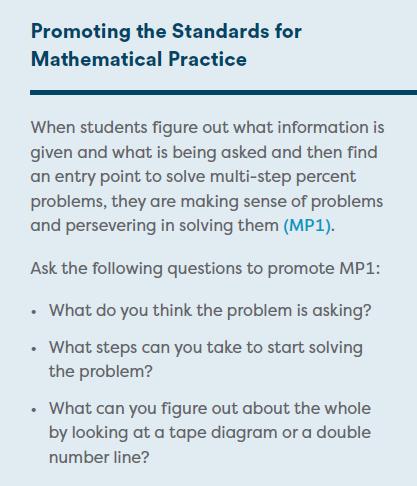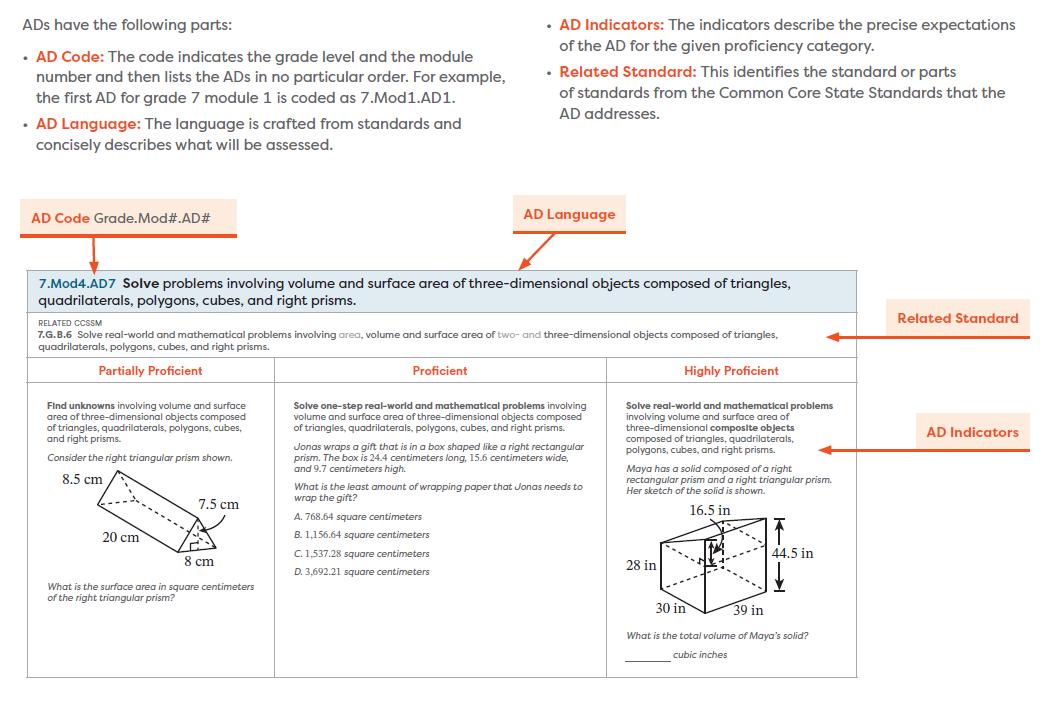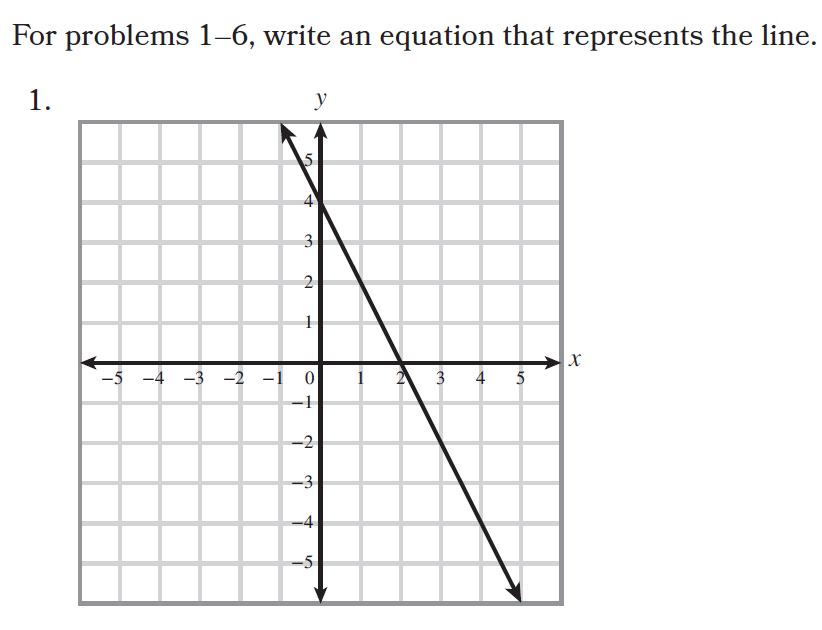
3 minute read
Standards for Mathematical Practice

4. Standards for Mathematical Practice
✓ Eureka Math2 prioritizes attention to the Standards for Mathematical Practice (MPs) over the course of each year, addressing all eight MPs in each module. The MPs are practices necessary for students to reason mathematically, communicate conceptual understanding, and represent and solve problems. Rich tasks, development of flexible thinking, and frequent opportunities for student discourse encourage students to engage with the MPs during all lesson components.
The Standards for Mathematical Practice (MPs) are intentionally woven into each lesson. Through explicit instruction and student-driven tasks, students consistently apply MPs to their daily work to build an enduring understanding of math. Curricular materials support the standards’ emphasis on mathematical thinking and reasoning.
Do you think Dave’s Doughnuts should try to set a world record?
The Thinking Tool is an additional resource to guide student critical thinking and problem-solving strategies. The Thinking Tool is a scaffold to support students in developing and applying critical thinking and metacognitive skills. It provides a set of questions students can ask themselves before, during, and after engaging in a task, encouraging them to analyze their own thinking processes and strategies in real-time. Furthermore, the After prompts in the Thinking Tool challenge students to set goals for revising or refining their strategies and processes next time. Students refer to the Thinking Tool as the teacher models self-talk and self-questioning as part of a think-aloud.
B. Curricular materials provide regular opportunities for students to engage in the full meaning of all the Standards for
Mathematical
Practice.
✓ The Promoting the Standards for Mathematical Practice margin notes in each lesson were intentionally crafted to attend to the full meaning of the practice standards and to build the habits of mind, such as problem solving, reasoning, and modeling, that the MP intends to shape or support.
The bulleted questions in each MP margin note promote engagement in the practice, are written in grade-level appropriate language, and are coherent across grade levels.
The following set of margin notes illustrate the coherence of MP3 across grade levels, which requires students to construct viable arguments and to critique the reasoning of others.




C. Curricular materials support teachers in developing their own understanding of the
Standards for
Mathematical
Practice, the role of the practice standards in lessons, and guidance for implementation.
✓ Promoting the Standards for Mathematical Practice margin notes point out places in the lesson where teachers can enhance engagement and encourage student progress.
Although most lessons offer opportunities for students to engage with more than one MP, each lesson identifies at least one focus MP. The notes provide lesson-specific information, ideas, and questions that teachers can use to deepen students’ engagement with the focus MP. Often, the suggested questions for a particular MP intentionally repeat to support students’ exposure to and understanding of the MPs within different contexts.
The opening of each MP margin note supports teachers’ understanding of the role of the practice standard in the designated part of the lesson by providing lesson-specific information about how the content aligns with the given standard.
Materials were designed to identify each practice standard in all six modules of each level or course. Every lesson includes at least one Standards for Mathematical Practice margin note that highlights an opportunity to promote the MPs and identifies how the activities or problems in the lesson meet the practice standard. In addition to citing an aligned practice, the callout provides student prompts that help teachers promote the practice. Because of the interconnected nature of the Mathematical Practices, engagement with one MP often leads to engagement with others. For example, students who are reasoning about the quantities in a problem (MP2) need to understand the meaning of the problem and the relationship of those quantities (MP1).
Though a lesson typically engages students in multiple practices, usually only the one with the strongest alignment with lesson content is noted and promoted. Collectively, the instances in a level or course identifying student engagement in a particular math practice attend to the full meaning of the practice standard.







